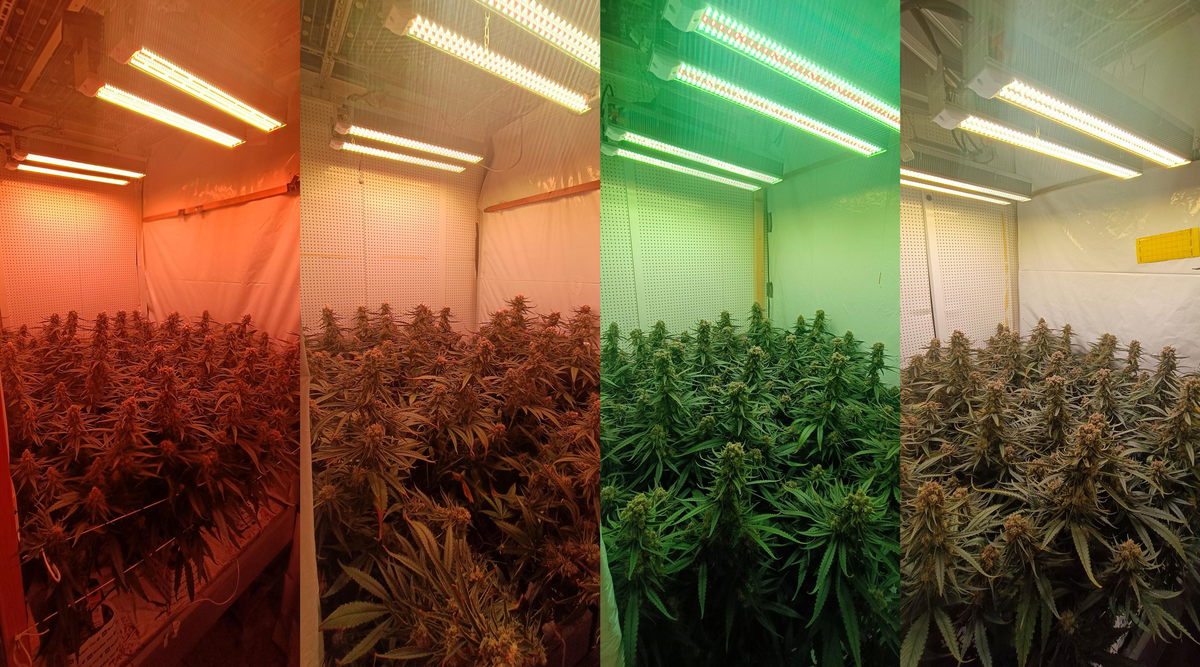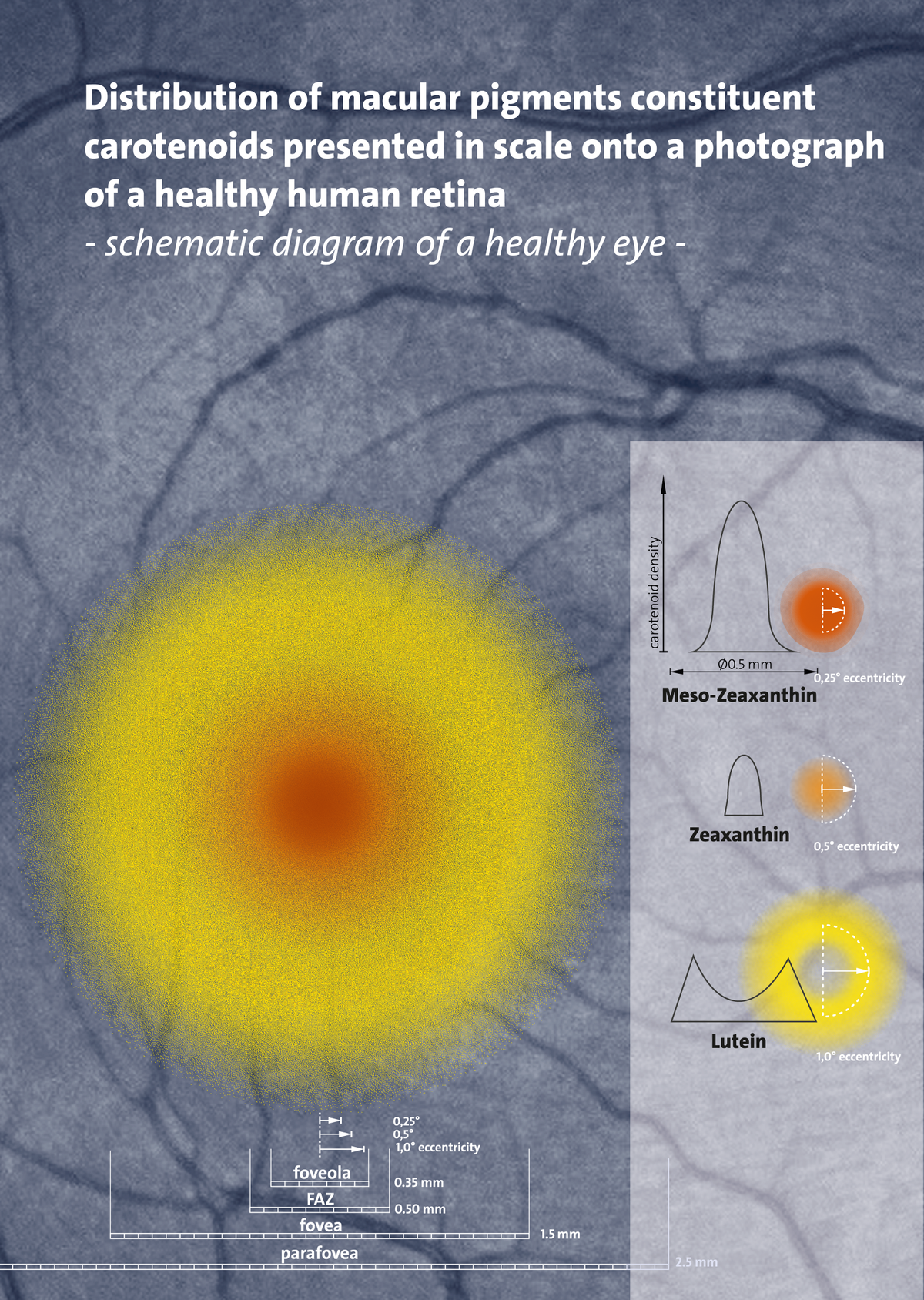acespicoli
Well-known member
ANYONE PLAYING AROUND WITH THESE ?
How to convert from fluorescent lights to LED
This primer offers helpful information for updating your lighting from fluorescent fixtures to LED tubes.By
Dave Mowitz
Dave Mowitz
In 1982 Dave came to Successful Farming as a senior editor first covering agronomic topics and then machinery. He went on to serve the nation’s farmers as executive editor of Successful Farming Magazine and editor of the Ageless Iron Almanac, a bimonthly publication covering the hobby of agricultural collectibles. Dave recently retired from the Successful Farming family but continues to serve the organization as a contributing editor.
SUCCESSFUL FARMING’S EDITORIAL GUIDELINES
Updated on April 24, 2024
:max_bytes(150000):strip_icc():format(webp)/Screen20Shot202017-08-0820at209.43.4720AM-b059778b281f451985fb34064ebab2ff.png)
PHOTO: KURT SCHULTZ
Converting building lights to LED bulbs to cash in on their superior light, lower electricity consumption, and much longer life is easy when it comes to screw-in bulbs. This is due to the fact that LED bulbs readily fit into the same screw-in sockets used by incandescent and CFL (compact fluorescents) bulbs, both of which are growing scarce on store shelves.
Converting fluorescent fixtures to accommodate LED tubes is more complicated. Not all fluorescent fixtures are designed the same. There is also a lot of confusing information being offered about LED conversions.
One thing is sure: You can change fluorescent fixtures over to LED one fixture at a time. That allows you to upgrade lighting on a schedule that fits your pocketbook.
If you are resistant to upgrading to LED bulbs, bear in mind that both bulbs and ballasts for T12 fluorescent fixtures are growing rare and are getting increasingly more difficult to find. T8 bulbs and ballasts are on the same chopping block in the near future. At this point, no termination of T5 bulbs and fixtures is scheduled, but this fluorescent fixture is targeted to be discontinued in the future.
Convert existing fixtures to instant fit
There is a wide variety of methods for converting to LED tubes. The simplest is to completely replace old fluorescent fixtures with brand-new LED fixtures. However, LED fixtures to replace four-bulb (8-foot-long) fluorescent fixtures (common in farm buildings) can set you back $100 or more per unit.Instead, there are numerous ways to convert an existing fluorescent fixture to accept LED tubes. Such tubes are officially designated as UL Type A and are sold under descriptions like instant fit, plug-and-play, and remote driver lamps.
“These products are designed to be installed directly into an existing fixture without having to modify the fixture,” says John Hynek, formerly of Philips Lighting. “We do recommend that if the ballast in the existing fixture is 5 to 7 years old that you replace the ballast when installing the new bulbs.”
Ballast bypass conversion
Another option is to modify your existing fluorescent fixtures to accept UL Type B tubes, which are commonly sold as ballast bypass or direct wire bulbs. This requires that the fixture be rewired to bypass the ballast, which can either be left in place or removed. “We highly recommend if the fixture is rewired that it be labeled to show it can only use UL Type B bulbs,” Hynek urges.The advantage of going with ballast bypass tubes is that you won’t need to replace older ballasts. This can save you money in new ballast costs. Be sure to check that the ballast bypass tubes you are buying come with an installation wiring schematic, as the chore can vary whether the tube is a one-side or one-end tube vs. a two-side or two-end tube.
Hynek says ballast bypass tubes are more expensive than instant-fit tubes, but that difference depends on your existing fixtures’ needs.
Ballast bypass bulbs are priced around $7 to $74 each, depending on their light output. For example, a four-pack of 8,000-lumen, 40-watt, 8-foot-long LED bulbs sell for $51.43 per pack. These prices go up depending on bulb quality.
In comparison, the cost of instant-fit LED tubes is 25% less than that of ballast bypass tubes, Hynek says.
Before committing to either tube type when converting existing fluorescent fixtures, the lighting industry highly recommends that you talk to your lighting supplier about your intentions to change the tubes on old fluorescent fixtures.
To do that, gather the operating performance information about your old fixture (it should be printed inside the fixture) and take that to your supplier to discuss the options.
“A reputable supplier can take that information and guide you to a retrofit tube that fits your needs,” Hynek points out.
Also, Philips offers a website that provides a wealth of information about the differences.
Finally, be sure to check with your local electrical supplier to see if it offers rebates for converting to LED bulbs so you can cash in on this incentive.
One-end vs. two-end ballast bypass tubes
Converting to ballast bypass tubes presents two challenges. First, the industry offers both single-end and double-end bulbs. Some fixtures may not have the correct socket (sometimes called tombstones) to accommodate ballast bypass tubes.Regarding tube differences, with a single-end bulb, all the wiring goes to the sockets at one end of the fixture. The sockets at the other end of the fixture are left unwired.
With a double-end bulb, you wire the supply (hot) wire (typically a black or a red wire) to the sockets at one end of the bulb and the neutral wire (typically a white wire) to the sockets at the other end of the bulb. In a two- or four-bulb fixture conversion, you would wire all the sockets at one end of the fixture to the supply wire and all the sockets at the other end of the fixture to the neutral wire in a series. “We have found that rewiring for double-end tubes takes 25% less time than wiring for single-end LED tubes,” Hynek says.
Different sockets
The other complication with converting a fluorescent tube fixture involves the type of socket that the existing fixture currently uses. LED tubes require nonshunted sockets. Fluorescent fixtures can either have shunted or nonshunted sockets. The illustration below displays the differences between the two.- Shunted sockets receive voltage through a single set of wires and spread it to both contacts.
- In nonshunted sockets, the contacts inside the socket are separate from each other.
Typically, older T12 fluorescent tubes use nonshunted sockets. T8 and T5 fixtures that employ rapid-start, programmed-start, or dimming ballasts typically use nonshunted tombstones.
:max_bytes(150000):strip_icc():format(webp)/Screen20Shot202017-08-0820at209.46.2220AM-9d803d019e9345dc8597fd3c3e0d9242.png)
T8 and T5 fixtures with instant-start ballasts use shunted tombstones.
To know for certain which socket is in use in your fixture, use a volt-ohm meter to determine whether the sockets are shunted or nonshunted.
To do this, turn the power off to your fixture. Next, turn your VOM dial to the continuity setting. Place a contact point on each side of the socket. The VOM will light up, ring, or beep if the socket is shunted.
The good news is that replacement nonshunted sockets are fairly cheap. Nonshunted tombstones range from 69¢ to $1 per socket online.
:max_bytes(150000):strip_icc():format(webp)/Screen20Shot202017-08-0820at209.48.4420AM-8e6533d869c04fbcb3281a796221cf49.png)
:max_bytes(150000):strip_icc()/Screen20Shot202017-08-0820at209.43.4720AM-b059778b281f451985fb34064ebab2ff.png)
How to convert from fluorescent lights to LED
This primer offers helpful information for updating your lighting from fluorescent fixtures to LED tubes.
Last edited:









